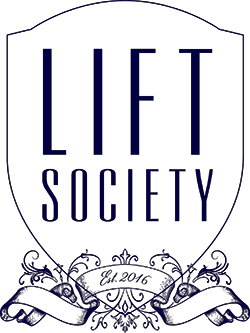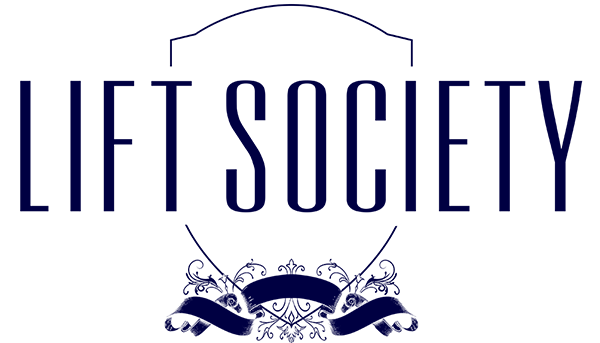Sweat, Soreness, and Science

“Let’s talk about sweat, baby, let’s talk about you and me, let’s talk about all the…” Coach Conrad here. Maybe I’m dating myself by referencing Salt-N-Pepa, but we need to discuss sweat, soreness, and what the science says about it all.
Sweat as an Indicator of a Good Workout:
Many people believe that in order for a workout to be considered “good” they have to break a sweat, but that is a myth.
The Sweating Mechanism:
- Thermoregulation: The primary purpose of sweating is to cool the body. When your internal temperature rises (due to exercise, heat, or stress), your hypothalamus (the brain’s temperature control center) detects this change.
- Activation of Sweat Glands: The hypothalamus sends signals through the sympathetic nervous system to activate millions of eccrine sweat glands located throughout your skin.
- Evaporation: These glands release a watery fluid (sweat) onto the skin’s surface. As this fluid evaporates, it absorbs heat from the body, leading to a cooling effect.
Why Sweat Isn’t a Good Workout Indicator
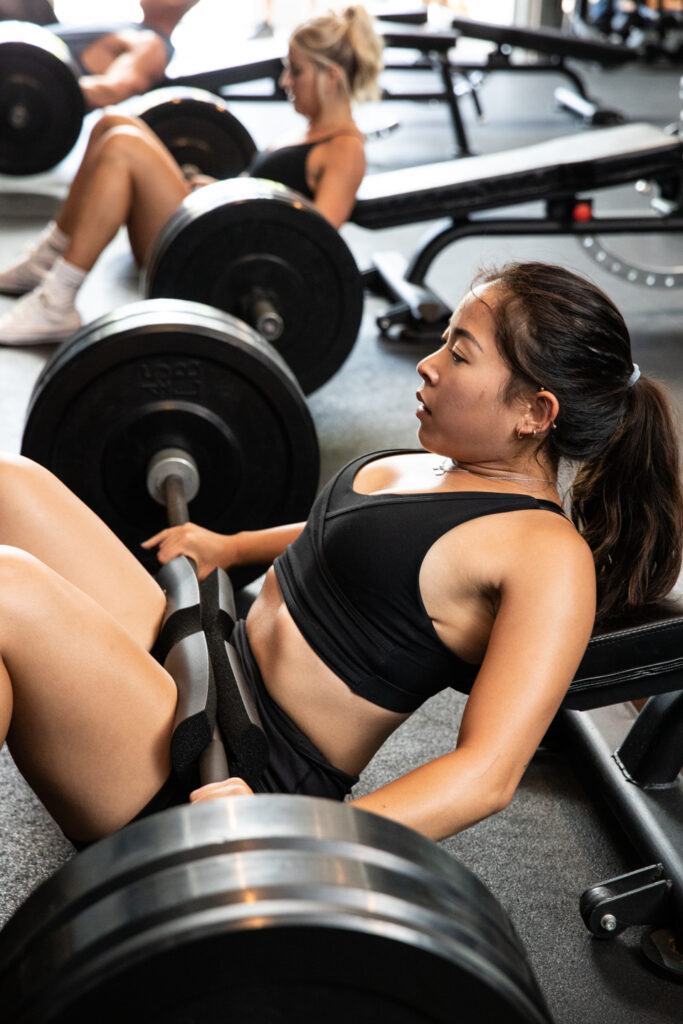
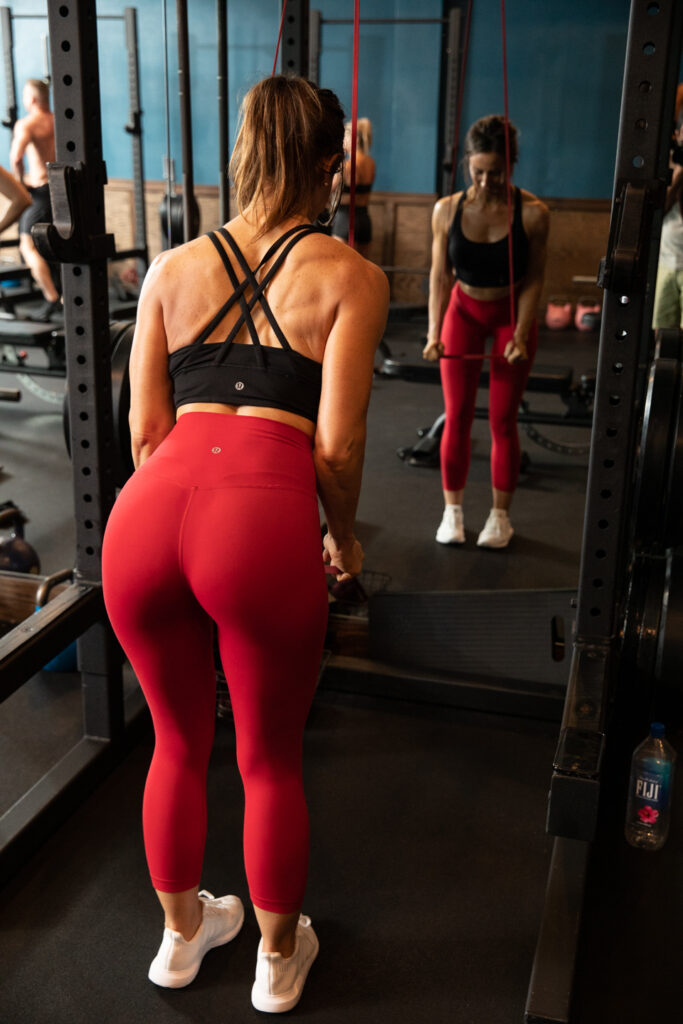
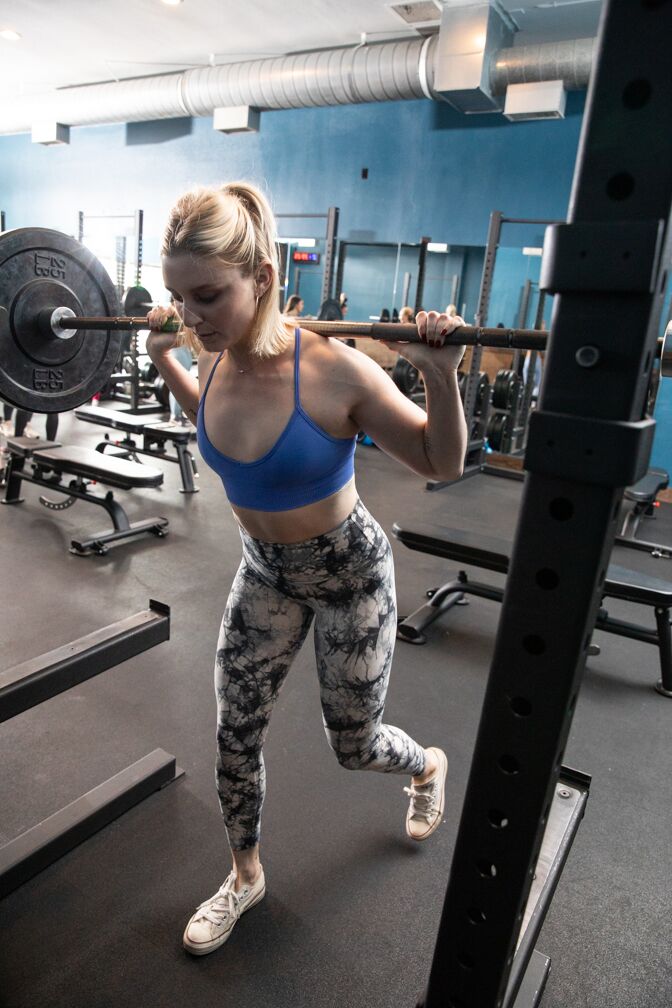
Individual Variation:
Genetics play a significant role in how much someone sweats. Some people naturally sweat more than others.
Fitness level:
Fitter people tend to sweat sooner and more because their bodies are more efficient at thermoregulation. Have you ever seen NBA players during their warm-up? They are drenched in sweat before the game even starts.
Acclimation:
People who are acclimated to hot weather sweat more.
Environmental Factors:
-
- Humidity: In humid environments, sweat evaporates less efficiently, so you may sweat more without necessarily cooling down effectively.
- Temperature: Higher temperatures naturally lead to more sweating. If you step into a sauna, you’ll likely start sweating immediately. I can guarantee you’re not getting a workout at all.
- Dehydration: it can reduce sweating, as the body conserves fluids.
- Humidity: In humid environments, sweat evaporates less efficiently, so you may sweat more without necessarily cooling down effectively.
Type of Activity:
Some activities naturally raise body temperature more than others. For example, cardiovascular exercise will likely cause more sweating than a weightlifting session, even if the lifting session is more challenging for that person. The goals for each type of exercise depend on its nature, but in any case, sweating is a byproduct and shouldn’t be the focus.
Emotional Factors:
Being nervous, stressed, or embarrassed can also cause a person to sweat. Remember Eminem? “Palms are sweaty, knees weak, mom’s spaghetti…” – He was just staring at himself in the mirror, not working out.
Clothing:
Certain types of clothing trap heat and increase sweating. There was a trend to run with a plastic garbage bag on. Don’t do it.
Soreness as an Indicator of an Effective Workout:
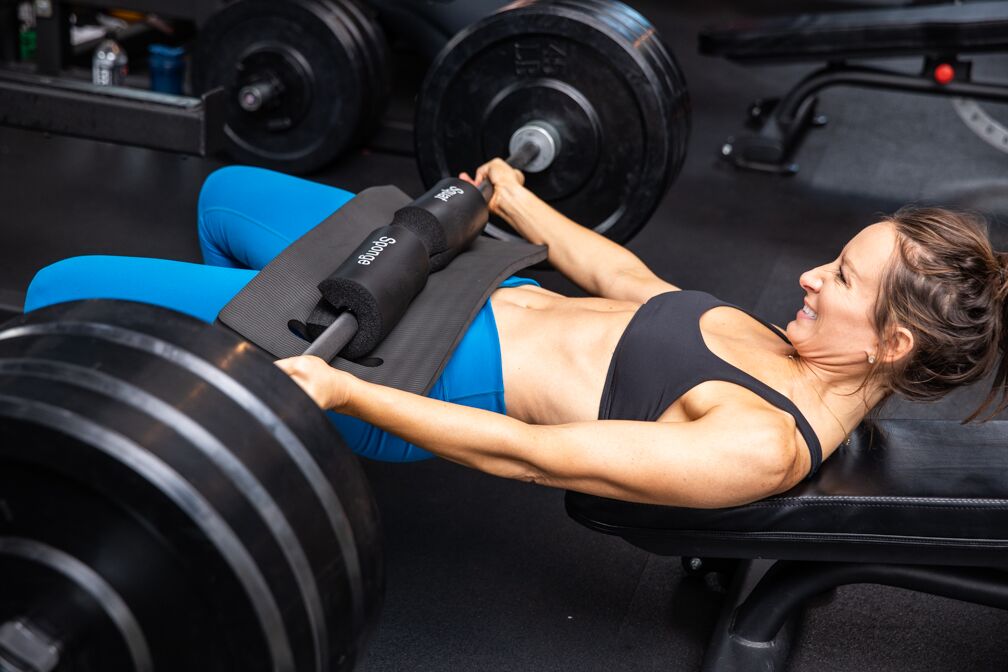
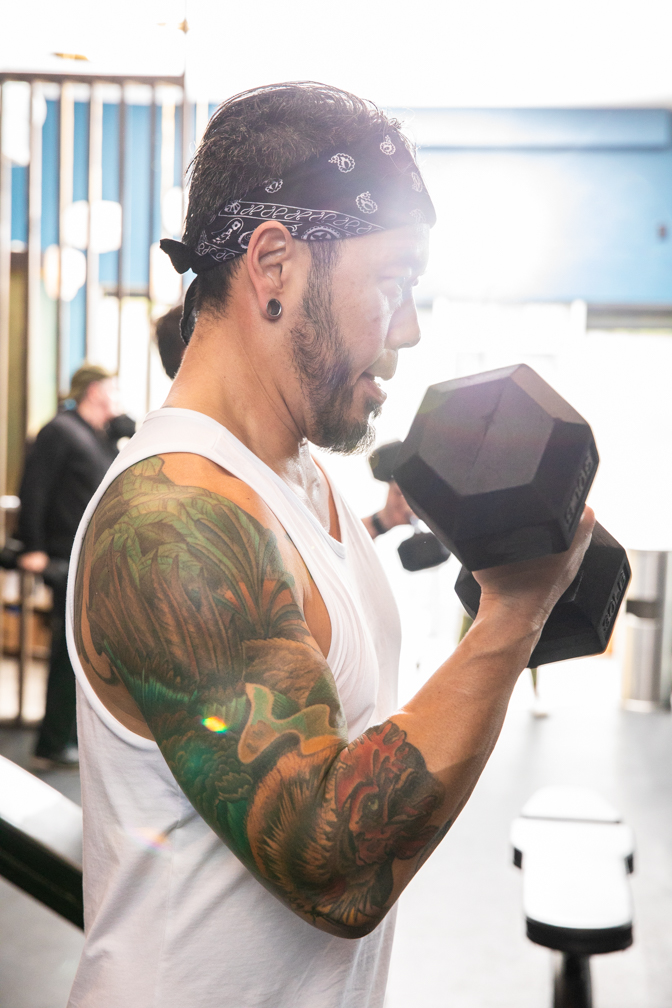
Soreness is a bit trickier to demystify, as we don’t fully understand all the details of its mechanism. However, here’s what we do know:
- Delayed Onset Muscle Soreness (DOMS) is muscle pain, tenderness, and stiffness that typically occurs 24 to 72 hours after exercise.
- It’s believed to be primarily caused by microscopic tears in your muscle fibers, particularly after:
- New or unfamiliar exercises.
- Eccentric exercises (muscle lengthening, like lowering a weight).
- High-intensity workouts.
- This muscle damage triggers an inflammatory response, which leads to the sensation of soreness.
Why Soreness Doesn’t Equal a Good Workout:
- Adaptation:
- As your muscles adapt to a particular exercise, you’ll experience less soreness. So, if you’re consistently doing the same workout, you might not feel sore, even if you’re still making progress. Therefore, a lack of soreness does not mean a workout was ineffective. At LIFT Society, we change the program every four weeks, which is backed by science as enough time to progress but not enough time to adapt so much that you start getting diminishing returns.
- As your muscles adapt to a particular exercise, you’ll experience less soreness. So, if you’re consistently doing the same workout, you might not feel sore, even if you’re still making progress. Therefore, a lack of soreness does not mean a workout was ineffective. At LIFT Society, we change the program every four weeks, which is backed by science as enough time to progress but not enough time to adapt so much that you start getting diminishing returns.
- Individual Variation:
- People have different pain tolerances and responses to exercise. Some individuals are simply more prone to DOMS than others. Factors like genetics, age, and fitness level influence how much soreness you experience.
- People have different pain tolerances and responses to exercise. Some individuals are simply more prone to DOMS than others. Factors like genetics, age, and fitness level influence how much soreness you experience.
- Type of Exercise:
- Certain exercises, especially those with a strong eccentric component, are more likely to cause DOMS. You’ve probably noticed how there are usually a couple of exercises in our programming that have longer negatives (eccentric contractions). We don’t include them to try to make you sore; they are there because they can help gain strength quickly.
- Certain exercises, especially those with a strong eccentric component, are more likely to cause DOMS. You’ve probably noticed how there are usually a couple of exercises in our programming that have longer negatives (eccentric contractions). We don’t include them to try to make you sore; they are there because they can help gain strength quickly.
- Not a Measure of Muscle Growth:
- While DOMS can occur after muscle damage, which is a component of muscle growth, it’s not a direct correlation. You can build muscle without experiencing significant soreness.
- While DOMS can occur after muscle damage, which is a component of muscle growth, it’s not a direct correlation. You can build muscle without experiencing significant soreness.
- Focus on Progress, Not Pain:
- A “good” workout should be measured by improvements in strength, endurance, flexibility, and overall fitness, not by how sore you feel.
- Excessive soreness can actually hinder your progress by preventing you from training effectively.
Key Takeaways:
- DOMS is a normal physiological response to exercise, but it’s not a reliable indicator of workout effectiveness.
- Focus on consistent training, proper form, and progressive overload to achieve your fitness goals, rather than chasing muscle soreness.
- Sweating is a physiological response to heat, not a direct measure of exertion or calorie burn. A challenging workout can occur with minimal sweating, and excessive sweating doesn’t automatically equate to a productive workout.
- How can you tell that an Italian restaurant is authentic? If you see Italians eating there. How can you tell we base our workouts on science and evidence-based practices? Because you see us, fitness professionals, also taking the same classes with you.
See you in class, sweaty or not!
Coach Conrad
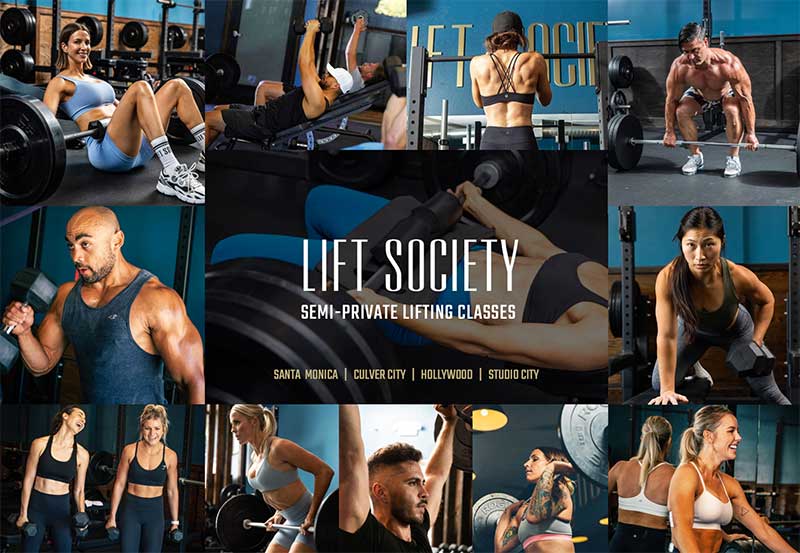
Are you in the Los Angeles area and are ready to build your best self? Join Lift Society Today!
Strength training is for everyone—and it’s never been more accessible, effective, or enjoyable. At Lift Society, we combine evidence-based programming, small instructor-led classes, and a community that’s as committed to your goals as you are. Whether you want to get lean, build strength, or simply feel your best, we’ve got the tools, support, and expertise to help you get there.
Locations in Hollywood, Studio City, Santa Monica, and Culver City mean you’re always close to achieving your fitness potential. Don’t wait—your strongest self is just one Lift Society session away!
Join now and experience the difference today!

